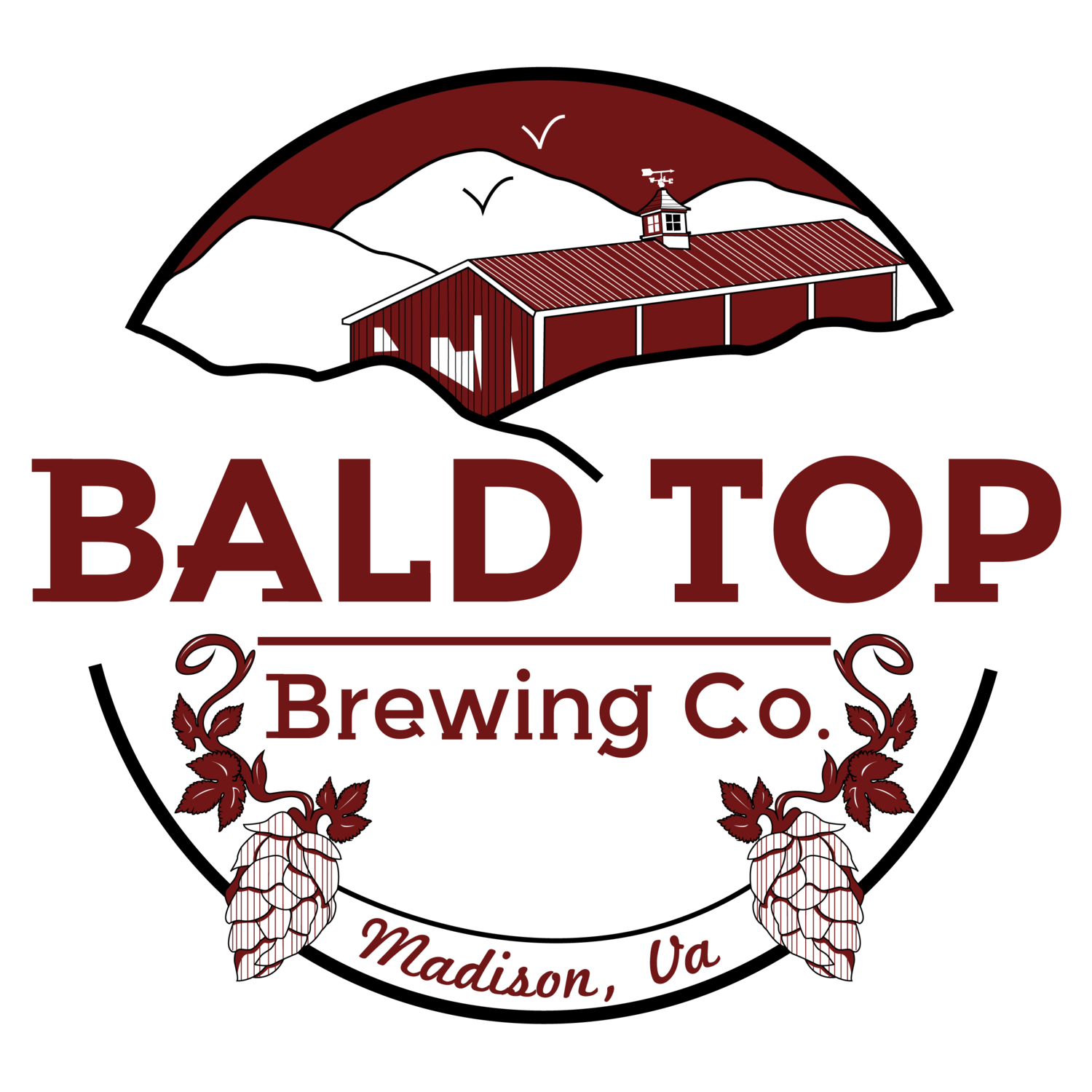
Our history
The Manor House and stone kitchen
Built between 1805 and 1814 for a young Scottish immigrant, turned land-owner, John Henry Price, the Manor House and Stone House (formerly used as the “Slaves Kitchen”) are fine examples of the Federal Style architecture in the rolling Piedmont of Virginia. Woodbourne Manor is architecturally distinguished by the fine quality of its masonry, the handsome crown molding of its cornice and the pleasing proportions of its rooms. With a firm foundation on large boulders and field stones, each brick used in the construction was handcrafted from the property’s rich soils, crowned by towering chimneys which cap the four exquisite fireplaces which warmed Woodbourne’s Manor House for over 200 years.
John Henry Price and neighbor, Mr. Thomas Jefferson, relied on the same team of skilled craftsmen to build their masterpieces – Woodbourne and Monticello sharing similar fireplace mantles, Flemish Bond brick design and the truly unique chinoiserie railings on the grand front porch and gazebo.
John Henry Price died just 20 years after the Manor House and Stone Kitchen were completed and is buried in a family plot in a chestnut grove overlooking his remarkable home (and near to the current Bald Top Tap Barn). The Manor sat empty until 1838, when as luck would have it, Dr. George Nathanial Thrift was getting married and purchased Woodbourne, then a more than 600 acre working farm which stayed in his family for a century. George and his wife, Eliza Early, had 4 children in the two-storied gabled home, where he also ran a medical training facility. Records show that young men wishing to become doctors spent several years as apprentices under George. Dr. Thrift was as interested in medicine as he was in politics of the day.
The most notable and scandalous pieces of Woodbourne Estate history came in 1853, when a personal feud arouse between James Lawson Kemper, Esquire, and Dr. George Thrift, reportedly over an overcoat, but further agitated by the fact they were both seeking seats in the House of Delegates.
Kemper challenged Thrift to a duel on the banks of the Estate’s White Oak Run at daybreak. Thanks to an anti-dueling law (and fast-thinking by Judge Richard H. Fields) both were immediately jailed until they promised not to kill each other! Kemper went on to serve under Pickett at Gettysburg and later became a Virginia Governor, and Dr. Thrift trained many a skilled doctors and surgeons, including his eldest son, George N. Thrift, II, who faithfully served the wounded from the north and south in the darkest days of the Civil War.
This represents only a small sampling the Estate’s rich history. Other important aspects include: the ghost of John Henry Price’s niece, a young beauty of approximately 18 years of age who brushes her hair and dances in the Manor House’s West 2nd floor bedroom, never wanting to leave this lovely place; the bullet hole and plug in the upper bedroom floor – having pierced the parlor room ceiling under circumstances unknown; and a barn ruins which was said to be hit by lightning at exactly midnight on its one year anniversary. The hidden Manor House attic contains evidence of the nearby civil war battles, as the floor is stained with grease and meat drippings from the meats which were moved from the smoke house into the hidden attic by the slaves to ensure the household would survive the long winters. The property sadly has a long forgotten slave cemetery, and is further surrounded by the Thrift Family Cemetery and a private civil war graveyard across the stream to the south.
After a century, the Thrift heirs sold Woodbourne to Judge Russell Yowell, who added the clap board sided structures to either side of the original brick Manor and also added a basement garage – which is where Bald Top Brewing Company got its start. In 1995, Woodbourne was occupied by yet another brilliant doctor, neurosurgeon Maury Hanson, MD. Dr. Hanson painstakingly restored the Manor House and Stone kitchen to its original glory over a 15 year period and placed the Estate on the Virginia and National Historic Registries.
The creation of bald top brewing co.
In addition to each other, owners Julie and Dave love Virginia history, the rolling hills of the piedmont and its diverse nature, and entertaining with great wine and beer. Since moving to Woodbourne, Julie and Dave hosted friends and family from all over the world, and with each visit, our guests would rave about the unique beauty of the historic farm and surrounding pasture. After considering several agritourism options for the farm, an idea started to arise. With an intense love of beer and homebrewing, Dave began to work on ideas: exploring everything from hops plant varieties to recipes with the farm’s rich “garden goodies.” As the months passed, the idea of opening Virginia’s First Historic Farm Brewery took shape. Dave and Julie relied on their science and engineering backgrounds to construct Central Virginia’s largest private hops yard, where they are continuing to test and monitor the viability of several hops varieties, in concert with Virginia State University. The hillside Tap Barn seemed the perfect place to drink the magical elixir of Bald Top: overlooking the rolling hills and hops yard with its 25-foot telephone poles towering skyward – and now lovingly referred to as “Hop Henge.”
Perhaps most importantly, we are a family business.



